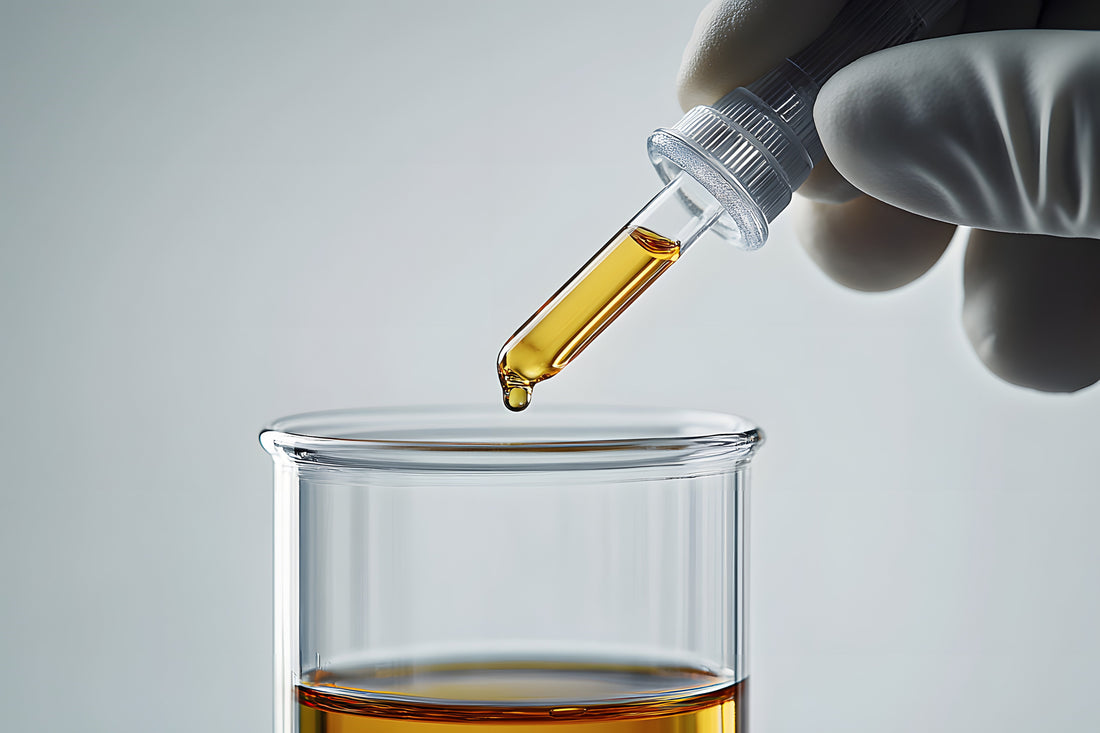
Decoding Your Ingredients List: What to Look for (and Avoid)
Ever squinted at ingredient lists and felt lost? Here’s your cheat sheet:
Commonly Found Questionable Ingredients – and Why They’re Controversial
The term ‘questionable’ doesn’t always mean illegal or banned — many of these ingredients are still approved for cosmetic use in small quantities. But more and more research (and skin reactions) have raised concerns about their long-term health and environmental impact. Here are some of the most commonly used ones:
Parabens (e.g., Methylparaben, Propylparaben)
🧪 Why it’s used: As preservatives to prevent microbial growth.
🚫 Why to avoid: Linked to hormone disruption (they mimic estrogen), and traces have been found in breast cancer tissue. Europe has banned several parabens already.
Sodium Lauryl Sulfate (SLS) / Sodium Laureth Sulfate (SLES)
🧪 Why it’s used: Foaming and cleansing agent in face washes, shampoos, toothpastes.
🚫 Why to avoid: Can be too harsh, stripping natural oils, irritating sensitive skin, and potentially contaminated with carcinogenic 1,4-dioxane.
(Synthetic) Fragrance / Parfum
🧪 Why it’s used: For scent - usually a mix of upto 3000 undisclosed chemicals.
🚫 Why to avoid: Often contains phthalates, allergens, hormone disruptors and sensitizers. Brands aren’t required to disclose the full list under ‘fragrance’.
Petrochemicals (e.g., Propylene Glycol, Mineral oil, Paraffin, PEGs, Petrolatum, Carbomer)
🧪 Why it’s used: Cheap emollients, stabilizers, or solvents.
🚫 Why to avoid: Derived from petroleum. Can clog pores, disrupt hormones, and are non-renewable. Often contaminated with harmful byproducts like PAHs (polycyclic aromatic hydrocarbons).
Microplastics (e.g., Polyethylene, Polypropylene, Acrylates Copolymer, VP/VA Copolymer)
🧪 Why it’s used: Texture enhancers, film-formers, exfoliants.
🚫 Why to avoid: Non-biodegradable. Washed into oceans where they harm marine life – and eventually enter our bodies through water and food.
Silicones (e.g., Dimethicone, Cyclopentasiloxane)
🧪 Why it’s used: For smooth, silky texture and film-forming benefits.
🚫 Why to avoid: Not biodegradable. Can clog pores and disrupt skin renewal. Often just create a temporary feel-good layer.
These ingredients aren’t always harmful in isolation - but with regular use, layering, and long-term exposure, they add up.
👉 The takeaway: Always read the ingredient list. The fewer the red flags, the better for your skin and the planet.

